Pros and Cons of AMOLED Display
AMOLED displays are commonly found in many electronic devices such as smartphones, tablets, and TVs. People love these screens because they offer vibrant and attractive visuals. While there are various display panels used in electronics, especially in smartphones, this article will mainly focus on AMOLED.
AMOLED stands for Active-Matrix Organic Light Emitting-Diode. In simple terms, it's an OLED screen where each tiny point of light (or pixel) is controlled by its own tiny switch known as a transistor (TFT). This differs from another type called P-MOLED (Passive-Matrix OLED).
Samsung began making AMOLED screens in 2006. That's why many Samsung phones have AMOLED displays. However, Samsung also provides these screens to other phone manufacturers.
Since its inception, AMOLED technology has evolved a lot. Today, it's more than just a visual tool; it boasts various features, making it a top choice for display tech. In this piece, we'll delve into the pros and cons of AMOLED screens.
Pros of AMOLED Display
Absolutely, a popular item indicates that it is sought-after by a considerable number of people. This is certainly true for the AMOLED screen. Unquestionably, this screen possesses qualities that make it a preferred choice for many. So, what makes the AMOLED screen stand out? Here we provide the insights.
1. Vibrant Color Quality
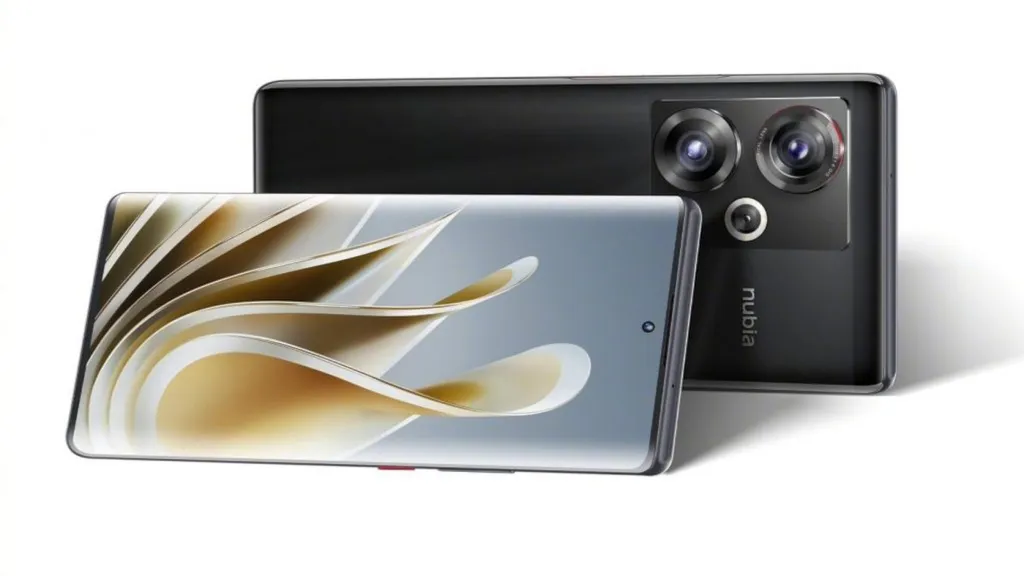
AMOLED screens stand out for their color quality, surpassing screens like LCD and IPS. AMOLED colors are vivid. For instance, whites are extremely bright, and blacks are deep. This is due to its high contrast ratio. AMOLED screens also cover a broad color range, usually hitting 100% in the DCI-P3 standard and even surpassing 100% of sRGB.
The brilliance of AMOLED screens can be attributed to the fact that each pixel produces its own light and color, as opposed to LCD pixels which need external lighting and color filters. This makes LCDs less vibrant in comparison.
2. Broad Viewing Angle

AMOLED screens maintain their quality from almost any viewing angle, meaning colors remain consistent regardless of how you look at the screen. It's great for group viewings like watching movies with friends.
These screens boast a viewing angle of up to 180 degrees, slightly better than the best IPS LCD screens, which offer 178 degrees.
3. Save Power Consumption
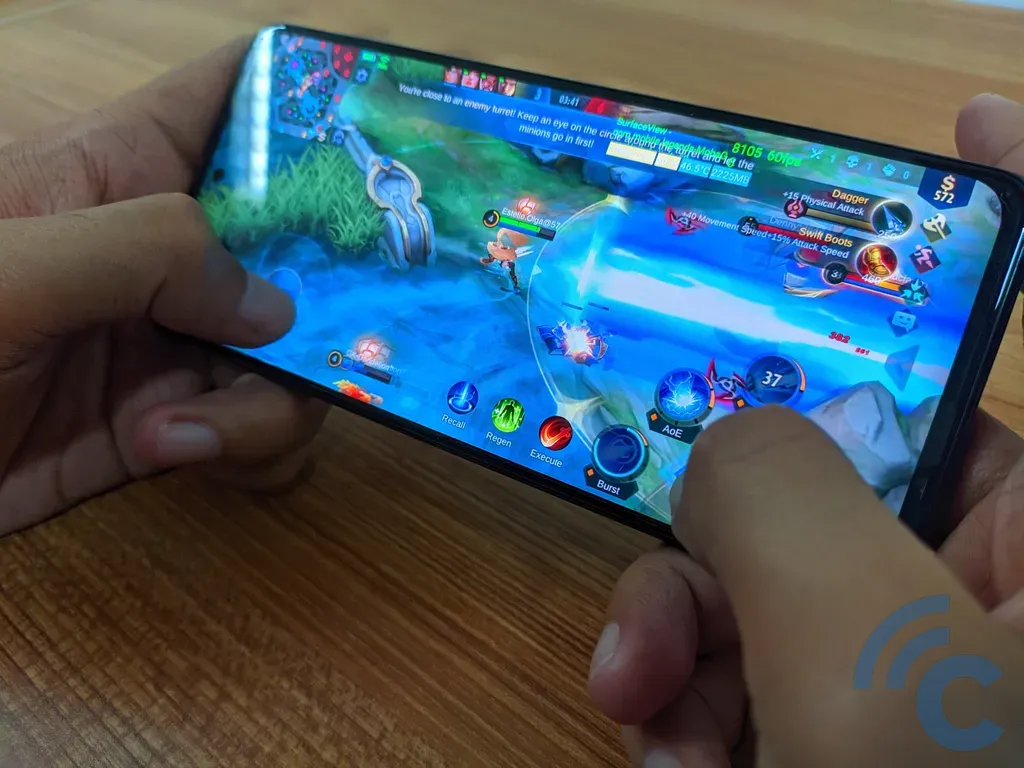
AMOLED screens can save energy by turning off pixels to produce black colors. No power is used when a pixel is off, leading to reduced power consumption. In comparison, IPS screens always have their backlight on, even if the displayed color is black. This is because IPS pixels don't light up by themselves.
Some believe AMOLED screens consume up to ten times less power than IPS screens. However, power consumption isn't the sole factor determining a device's battery life. Even some IPS devices can outlast OLED ones, thanks to effective power management systems.
4. High Refresh Rate and Clear Images
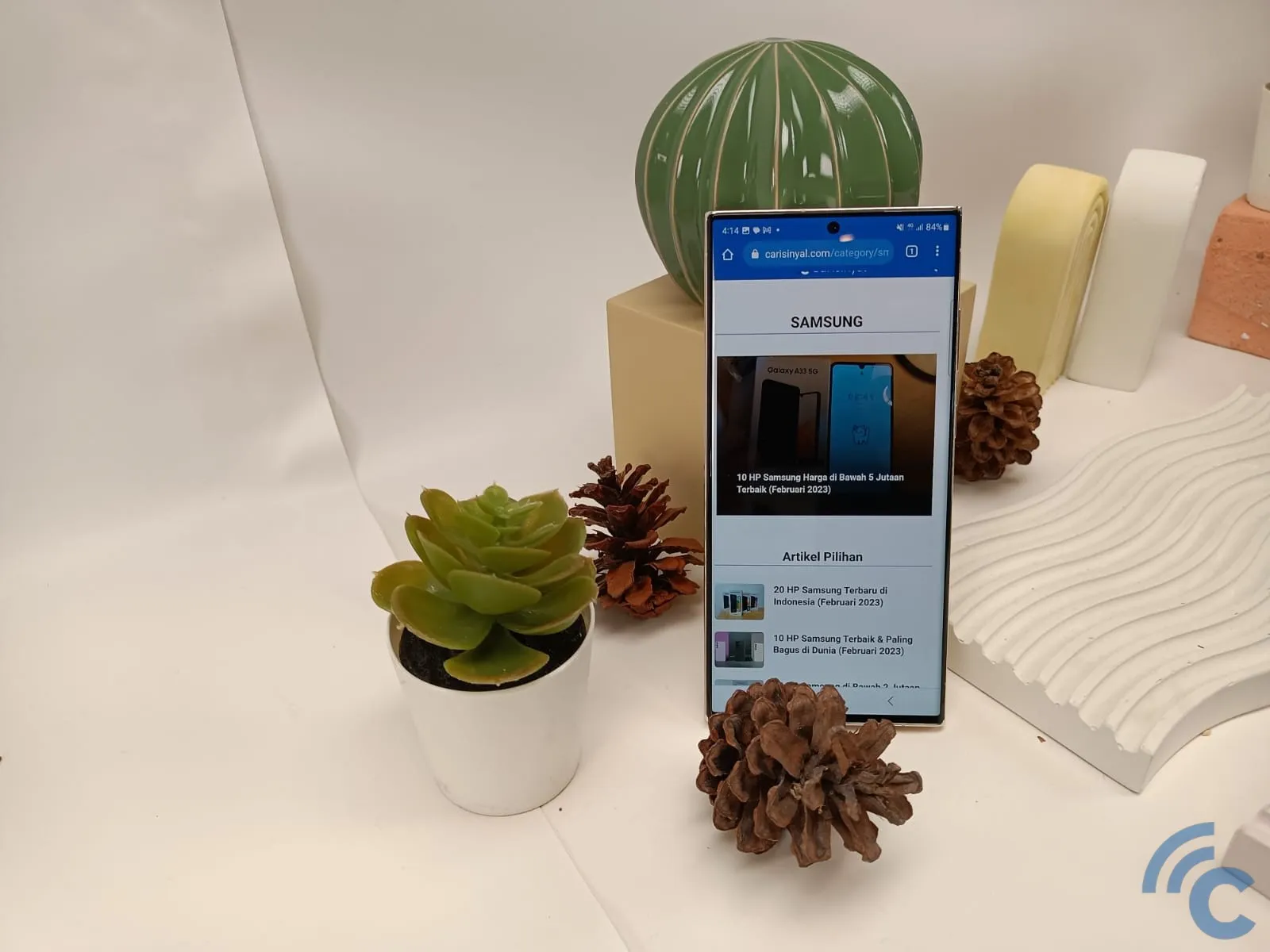
A refresh rate tells us how many pictures a screen shows in a second. For instance, if a screen has a refresh rate of 60 Hz, it shows 60 pictures every second. This is what most screens do today. Most daily activities, like watching movies, are fine with a 60 Hz screen. However for some video games, a higher refresh rate is better.
That's why some devices have screens with refresh rates of 90 Hz, 120 Hz, or even higher. Many screens, especially AMOLED ones, can do this. AMOLED screens also show very clear images, no matter how big the screen is. They can support high resolution, like Full HD and 2K, which look sharp on phones with around 6-inch screens.
5. Quick Response to Touch
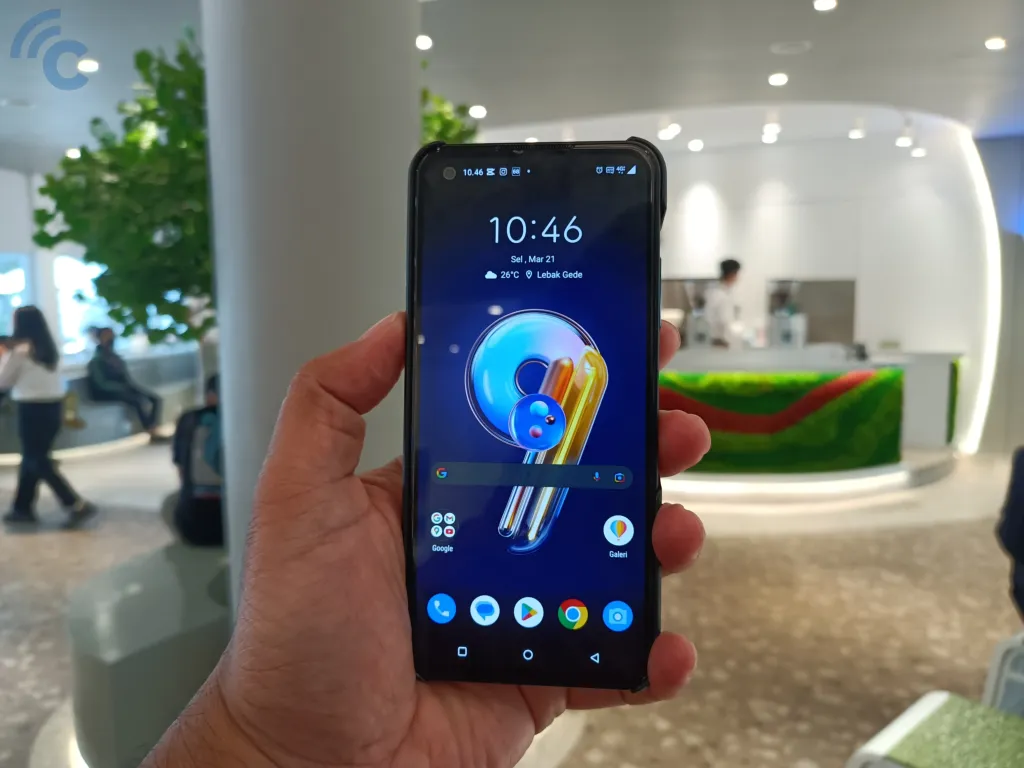
Imagine you're choosing between two phones whereas one has an IPS screen with 90 Hz, and the other an AMOLED screen with 60 Hz. Which one is better? It depends on your preferences.
However, by choosing a phone equipped with an AMOLED display will provide you a faster response time. Response time is synonymous with the touch sampling rate, representing of how fast a screen responds to finger touches.
Faster means shorter. This factor is especially important for gamers of any genre. as you don't want your finger-touch commands to be executed late.
Gaming phones typically have a touch sampling rate of 240 Hz. That means the display can interpret and process 240 touch inputs within a span of one second (or 1000 milliseconds).
6. Simple and Flexible Structure
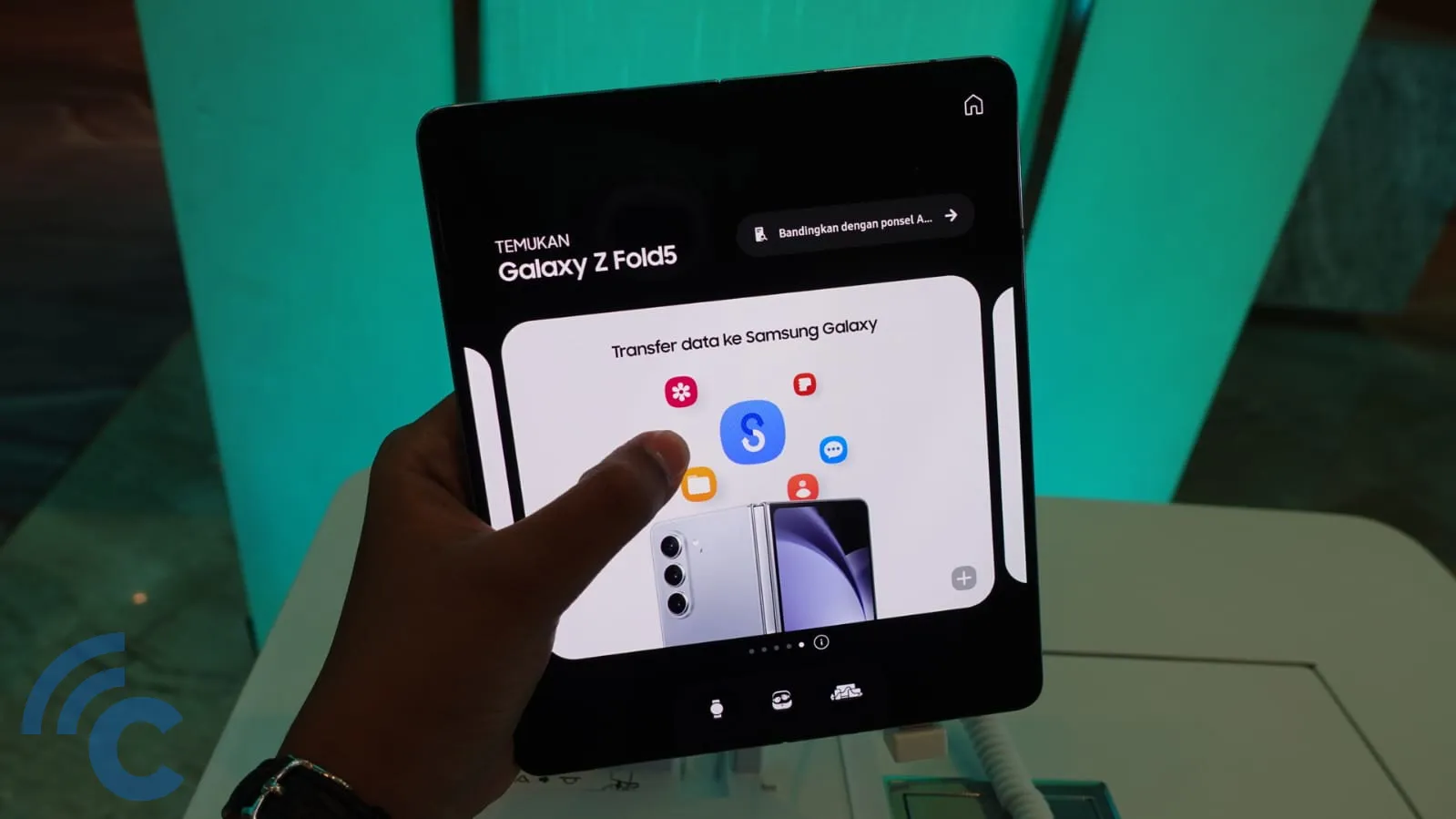
A conventional AMOLED display is characterized by its straightforward structure. It is comprised merely of a glass plate, transistors, and components made of organic materials that take the form of OLEDs. This type of display eliminates the necessity for backlighting and color filters, a common feature in LCD-based screens. Consequently, AMOLED displays can be fabricated to be exceptionally thin.
In addition to being slender, AMOLED displays possess adaptable characteristics, allowing them to be bent either temporarily or permanently. This flexibility paved the way for the creation of smartphones with foldable screens, like the Samsung Galaxy Z Fold Series.
Both of these innovative devices feature AMOLED displays capable of temporary bending. Preceding the launch of these models was the Galaxy S8, which employed a permanently curved AMOLED screen, a trait manifested through the distinct curves along both edges of the display.
7. Fits More Tech Inside

One of the reasons why IPS-LCD displays cannot yet be fitted with fingerprint scanning sensors is the limitation of space. The space behind the crystal pixels is filled with backlights and transistors, while the front space is filled with color filters. This is different from AMOLED screens, which only have transistors behind organic materials.
Consequently, manufacturers are innovating by incorporating additional components such as fingerprint scanning sensors, which could be either optical or ultrasonic-based, within the structure of the AMOLED displays. In the latest developments, smartphone manufacturers are even integrating cameras into AMOLED screens, a feature commonly referred to as an "under-display camera."
This progressive camera integration is believed to enhance user satisfaction with the display as it eliminates the necessity for small apertures on the screen. The under-display camera remains concealed, becoming visible only during photo capture operations.
While the technical specifics of embedding a camera within the screen panel can be quite complex, to simplify, the under-display camera is situated directly on the display panel. It manages to function by having a specialized pixel configuration in the area above it that facilitates light permeation, thereby capturing the intended object through the lens.
Cons of AMOLED Display
AMOLED screens come with several advantages, but they also have their downsides. Let's delve into these disadvantages.
1. Limited Life Span
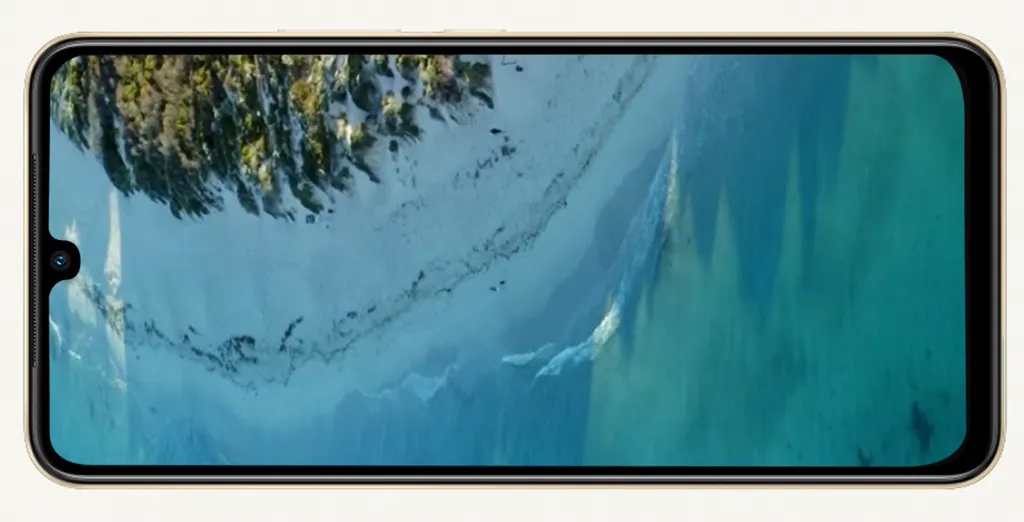
The organic pixels in AMOLED screens produce light when they receive electrical current. However, the more they light up, the quicker they deteriorate. This is a characteristic of organic materials.
Accroding to Robert Triggs from Android Authority, among the colors in AMOLED displays, blue pixels wear out the fastest. They require more electricity than red and green pixels to achieve the same brightness level.
When pixels wear out, they don't stop working completely, but they can't shine as brightly as their counterparts. This results in uneven display brightness and permanent color shifts, often referred to as "burn-in."
For perspective, LG, an OLED display maker, states their screens last around 100,000 hours or about 11.4 years. In contrast, IPS screens can last up to 20 years, making them more durable.
2. Overly Vibrant Colors
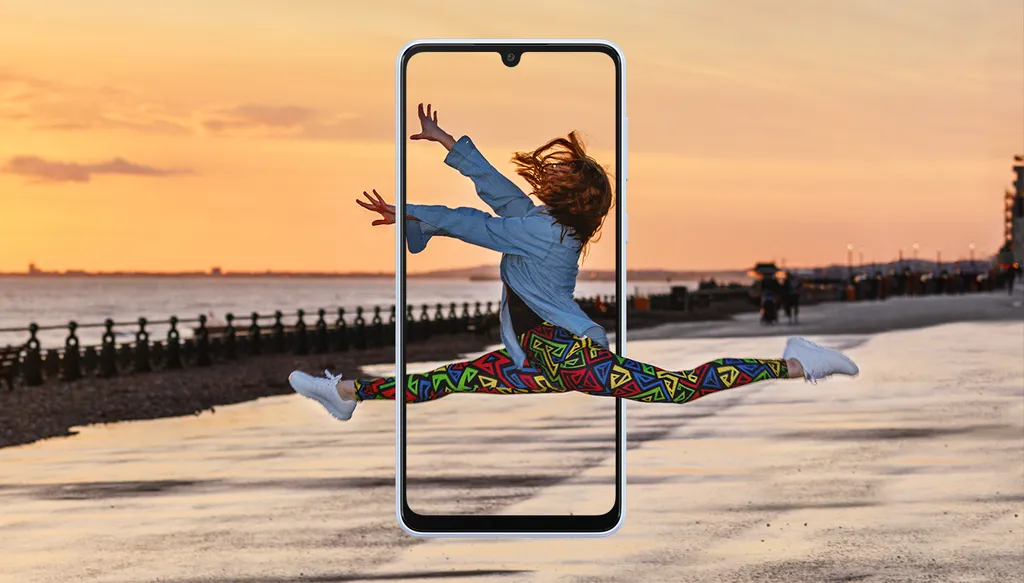
AMOLED screens can display a broad spectrum of colors, making them appear very vibrant. However, some find this vibrancy excessive. Additionally, content creators might avoid AMOLED displays with 100% DCI-P3 color coverage, as the editing process could result in color mismatches.
Thankfully, many AMOLED devices come with color settings adjustments, allowing users to opt for a more natural 100% sRGB color display.
3. Higher Production Cost than IPS Panels
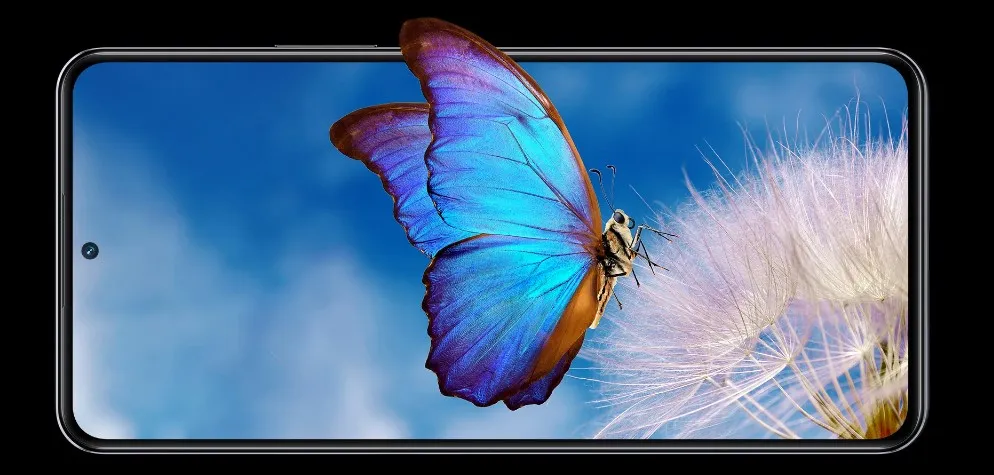
In 2018, IHS data showed that OLED screens cost more to produce than LCDs. For instance, a 5.9-inch OLED screen with a notch cost about $28.18 to make, while a comparable 6-inch LCD screen cost $18.41. However, as the technology matures, OLED production costs might decrease.
Conclusion
In summary, while AMOLED screens offer superb display quality with bright and crisp visuals, they have some notable drawbacks, especially their limited lifespan. If this issue can be addressed, AMOLED displays might become the preferred choice for most electronic devices in the years to come.
